Yesterday, I visited the Chateau Ramezay which has a storied history of being the residence of Montreal's governor in 1717, Ramezay (for which the chateau was named), the home of subsequent French West Indies Company, British invaders and administrators, and even a seven-month stint as the wartime headquarters of the Continental Army during the American Revolution. As such, it has exhibits that explained the history of early Montreal and showed a diorama of the Iroquois village that likely existed before European settlement. It then moved on to the early founders of Montreal and those that transformed Montreal into a industrious colony of France that centered mainly around the lucrative fur trade, especially of beaver pelts. After the exhibits dealing with the fur trade, Montreal's first influential citizens, and how they dealt with and traded with the native people, they showed artifacts such as British officer uniforms and the like to show Montreal's invasion and subsequent surrender to British forces. Of course, being a citizen of the United States and going through the trouble of obtaining an American Studies concentration, I found it especially entertaining learning of the Chateau Ramezay's time in the possession of the Continental Army. According to the audio tour, the only thing that kept the colony loyal to Great Britain was Great Britain's own strategy of preemptively placating Montreal's main complaints against the crown in 1774. Alternatively, it may also have been the small pox ravaging the American forces attacking Quebec, but in either theory the result was that Canada did not become the fourteenth state of our great union.
While the Chateau Ramezay was my main objective for the day, I also happened upon two unexpected places while trying to return to my metro station through the labyrinth of city construction project, closed roads and sidewalks, and detours. First I encountered the Mache Bonsecours a building that has served as a public market, a concert hall, Montreal's city hall, and even the Parliament of Lower Canada. It became a permanent public market in 1859 and today it houses a dozen or so boutique stores, a tiny museum, and a few restaurants. Technically I visited this site second, but the first photos I took were with my phone and so you will have to scroll all the way to the bottom to see its beautiful grey dome. I visited each of the little boutiques and enjoyed a productive, if expensive, shopping day that included some handmade crafts from Canada's local native peoples and a special tea sold here called Icewine Tea, which I am excited to try when I return home. Luckily a quick call home prevented me from dropping a few hundred dollars on a fur scarf or fur "hat ring" (it wasn't going to be for me, but I thought it looked nice). Either way, I enjoyed walking through the trendy, narrow hallways of the boutique mall and I felt good about buying certified Canadian handicrafts rather than "Canadian" souvenirs made in China.
The third location was the tiny Notre-Dame-De-Bon-Secours (sharing the last part of its name with the market) whose beauty is better expressed by pictures, so enjoy!
 |
| Kind of gross but I thought this Clyster was interesting |
Notre-Dame-De-Bon-Secours Chapel Photos:
 |
| Notre-Dame-De-Bon-Secours Chapel facade |
 |
| Street views from outside the church |
 |
| Entrance of the Chapel and the Mache Bonsecours Market's dome in the background |
 |
| Beautiful dome of Mache Bonsecours |






























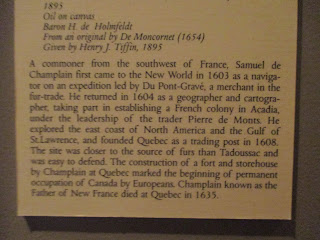











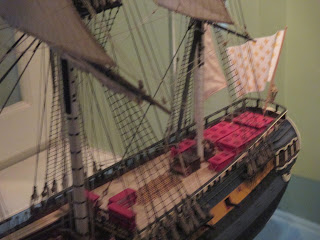







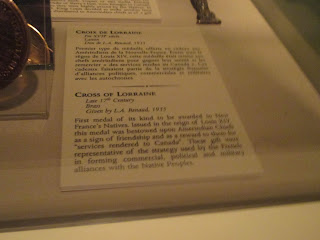









































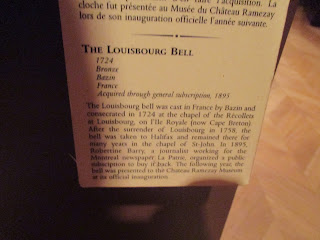





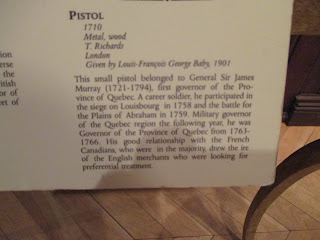













































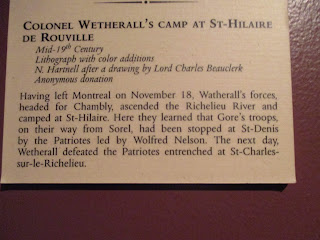








































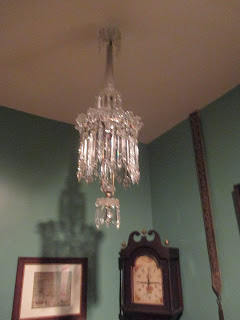






















































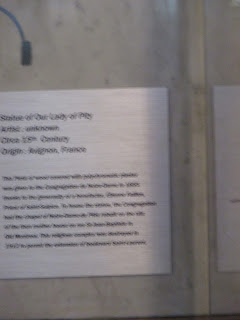







No comments:
Post a Comment